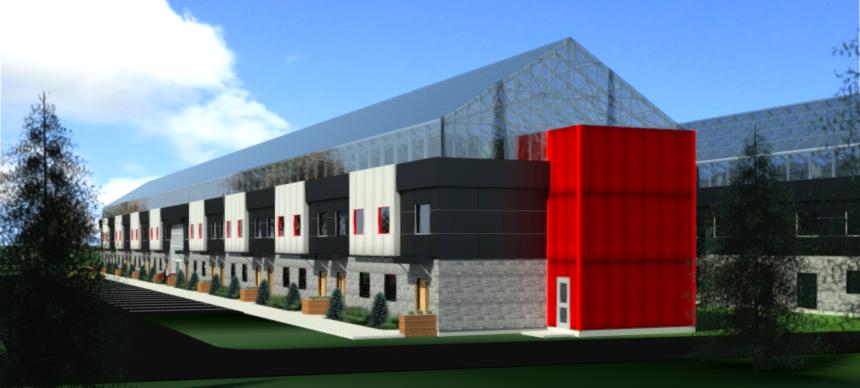Our Mission
To deliver on Discovery House's objectives for Canada’s northern communities the
Discovery House Project
was created.
The
Discovery House
Project
...will leverage renowned academic institutions, leading innovative businesses, community and government partners in disrupting and strengthen the entire agriculture and food value chain, from environmental technologies, through growing and processing automation, and finally to food distribution.
As Planet Earth moves towards the challenge of feeding 10 billion people, we can seek guidance from the pioneering developments of this research in using the thermal-energy stored inside properly designed and innovative agricultural structures to enhance food security in the most remote parts of our nation.
By 2100, renewable sources are expected to be providing
30–80% of total energy consumption.
A recent FAO study calculates that the agriculture and food sector’s share in total energy consumption is 30% of global consumption.
The agricultural industry. also accounts for about
22% of total greenhouse gas emissions,
including landfill gas produced from food wastes
We will;
Replace cycles of social and economic dependence with autonomy and a meaningful sense of dignity and ownership in a more sustainably rooted local agricultural economy.
...Access to clean, affordable energy is seen as key to improving the living standards of the Canadas poorest communities. Thermal energy is one of the most important renewable energy resources for energy generation/storage and is also used directly in heating, food and agriculture, aquaculture and some industrial processes within the Discovery House Complex.
Discovery House neutralizes critical environmental concerns created by the agricultural industry. Discovery House will
eliminate 100% of greenhouse gas production from the growth and processing of the food it will produce to satisfy the local needs and fully capitalizes from the landfill gasses generated with the integration of bio-gas generators working in tandem with gasification systems converting harmful GHG into carbon neutral energy and fuel...







